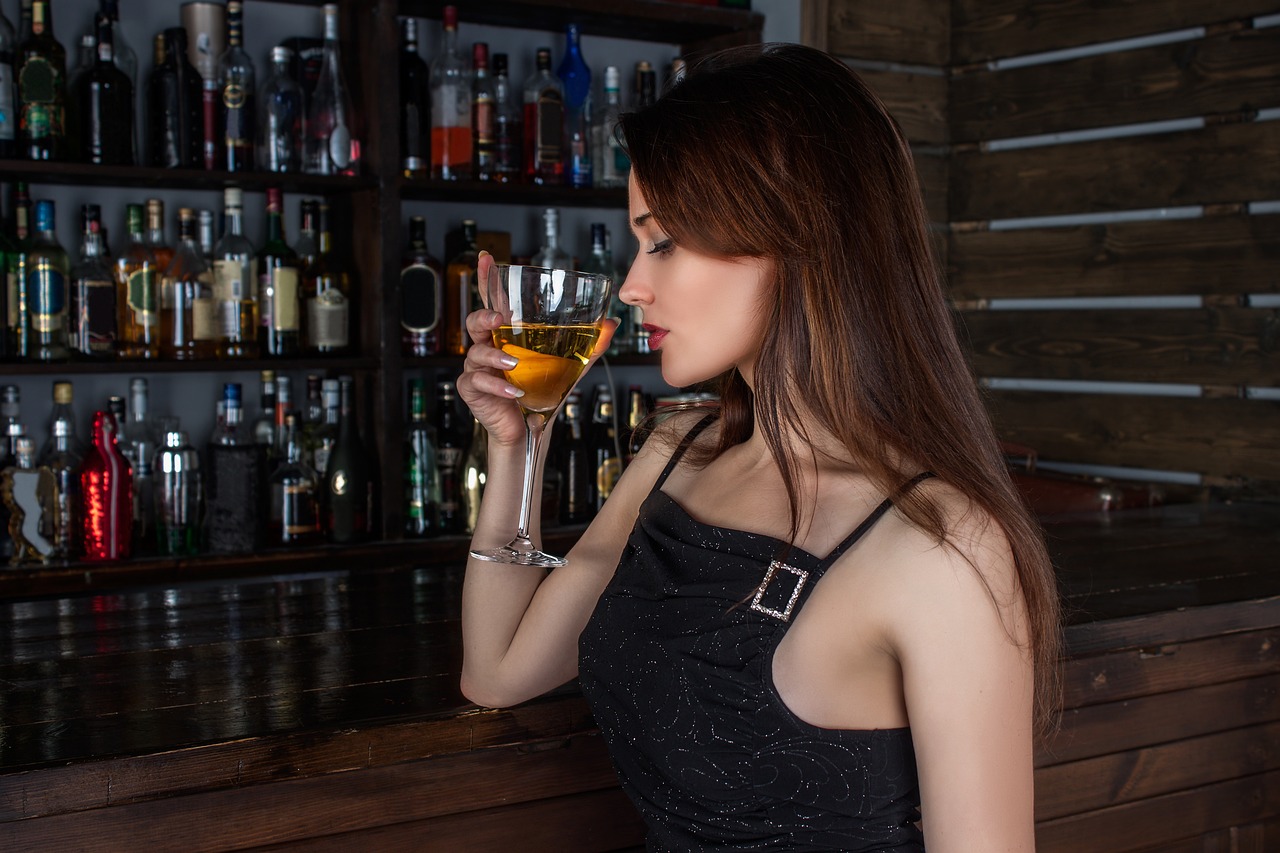Wine has long been associated with culture, sophistication, and celebration. But drinking wine isn’t just about pouring and sipping—it’s an experience that involves aroma, taste, and tradition. Whether you’re a beginner or an enthusiast, understanding the right way to drink wine enhances its flavor and your appreciation of it.
1. Choose the Right Glass
The shape of the glass influences the way wine tastes and smells:
Red wine: Use a wider, rounder glass to allow the wine to breathe and enhance its bold aromas.
White wine: A narrower glass preserves the crispness and directs aromas more effectively.
Sparkling wine: A flute helps retain the bubbles and focuses the aromas.
2. Observe the Wine
Hold the glass by the stem (not the bowl) to avoid warming the wine. Tilt the glass slightly and observe:
Color and clarity: The color tells a lot about the age and type of wine. For example, red wines darken with age, while white wines become more golden.
Swirling: Gently swirl the wine to release its aromas. This also helps you observe the “legs” or “tears” on the glass, which indicate alcohol and sugar content.
3. Smell Before You Sip
A major part of wine appreciation is in the aroma. Bring the glass to your nose and inhale deeply. You may notice fruity, floral, spicy, or earthy notes depending on the wine’s grape variety and aging process.
4. Sip Slowly and Let It Linger
Take a small sip and let the wine coat your tongue. Good wines have layers of flavor that unfold gradually. Pay attention to:
Body: Light, medium, or full-bodied.
Flavors: Are they fruity, spicy, oaky, or mineral?
Finish: Does the flavor linger or fade quickly? A long, smooth finish is often a sign of quality.
5. Pair It Well
Pairing wine with the right food enhances both the drink and the dish. Some basic rules:
Red wines go well with red meat and hearty dishes.
White wines pair beautifully with seafood, poultry, and creamy sauces.
Rosé and sparkling wines are versatile and great with appetizers and light meals.
6. Serve at the Right Temperature
Serving wine at the right temperature brings out its best qualities:
Red wine: Slightly below room temperature (around 15–18°C).
White wine: Chilled (10–12°C).
Sparkling wine: Well-chilled (6–8°C).
7. Drink Responsibly and Savor
Wine is best enjoyed slowly, in moderation. Take time to savor the experience—whether you’re enjoying a glass alone, with a meal, or in good company. Overindulgence dulls the senses and detracts from the enjoyment.
Conclusion
Drinking wine is more than a casual act—it’s a ritual of taste, aroma, and appreciation. By learning the proper ways to drink wine, you elevate it from a drink to an experience. So next time you pour a glass, remember: swirl, sniff, sip, and savor.

